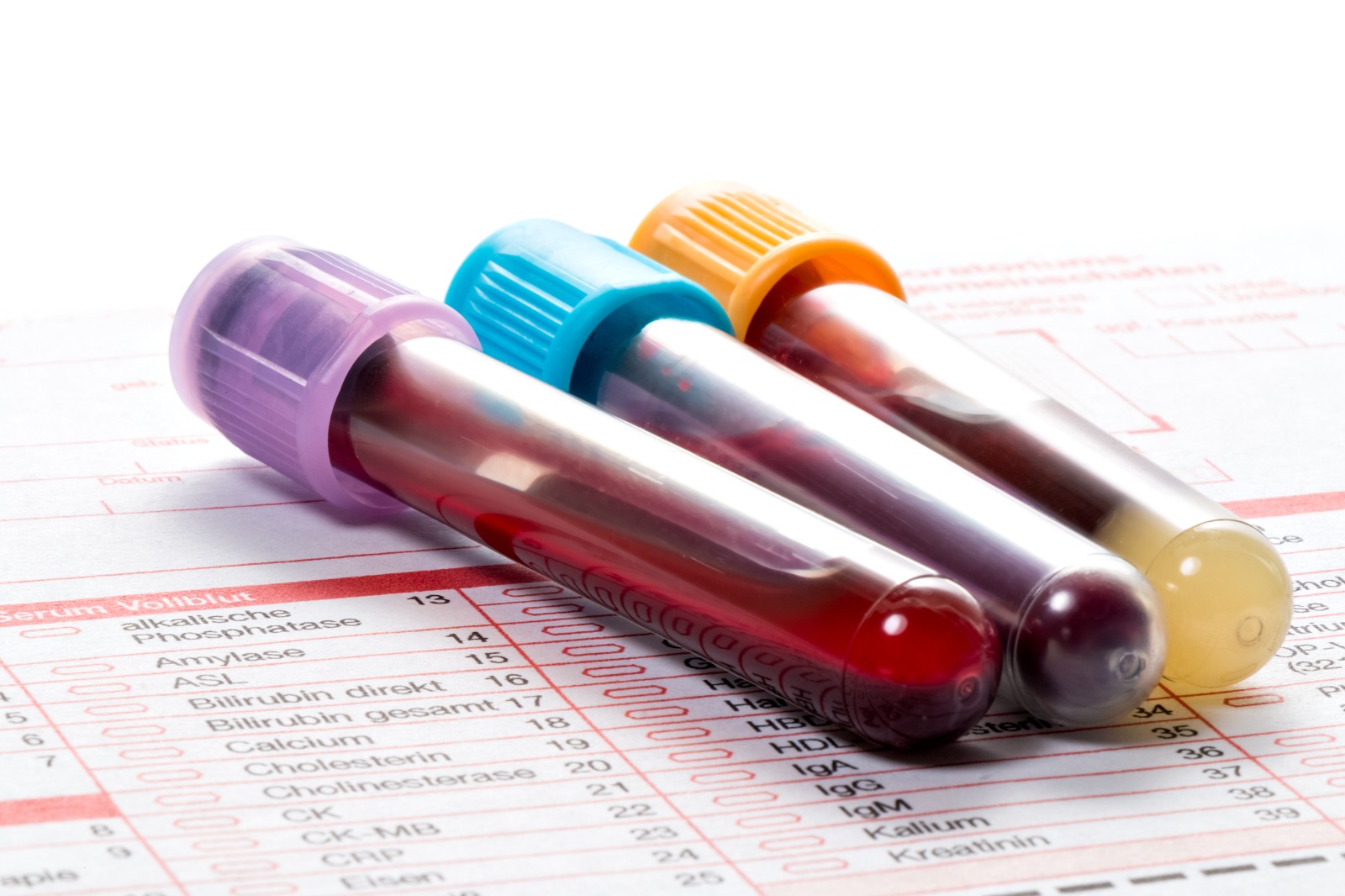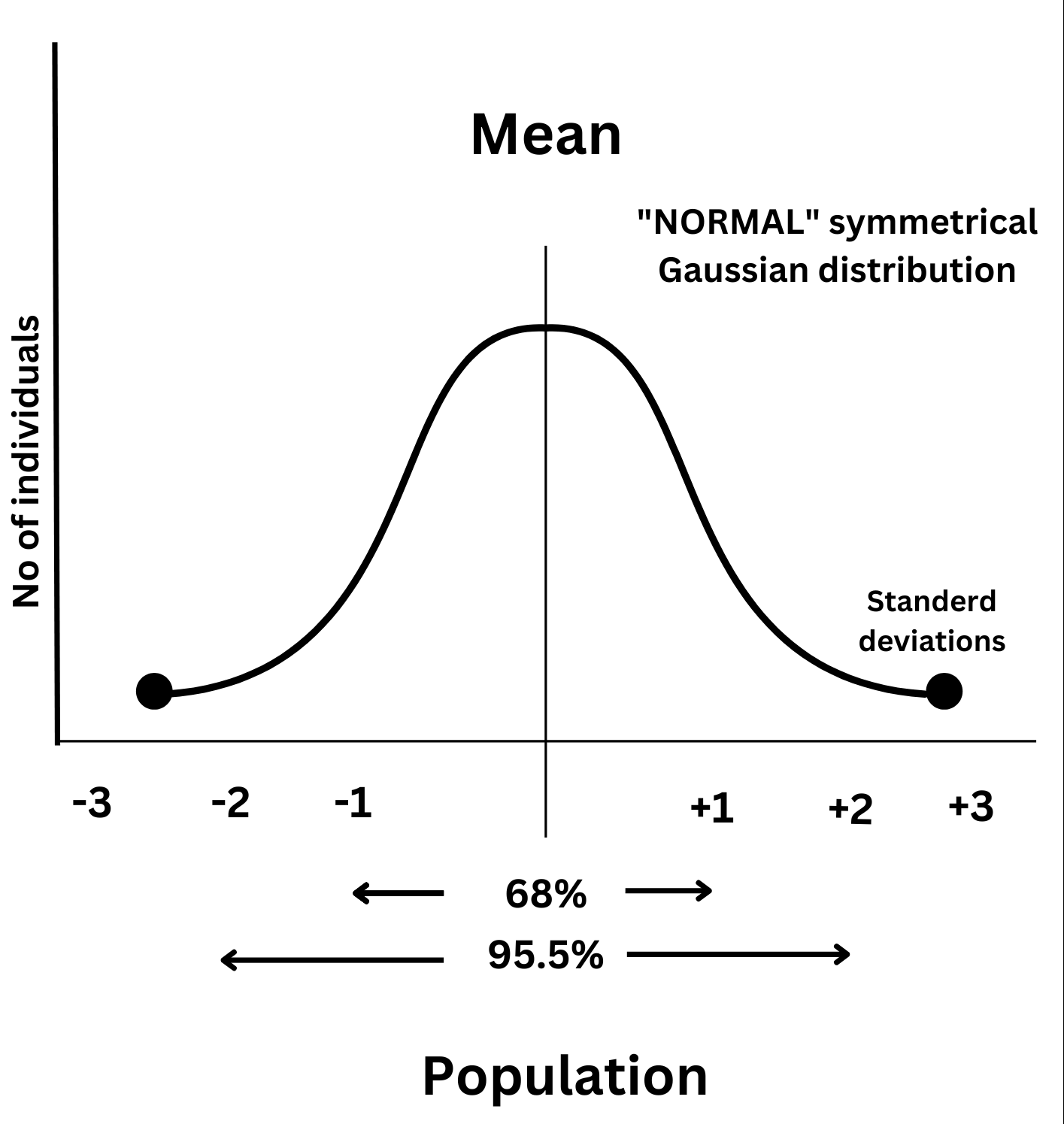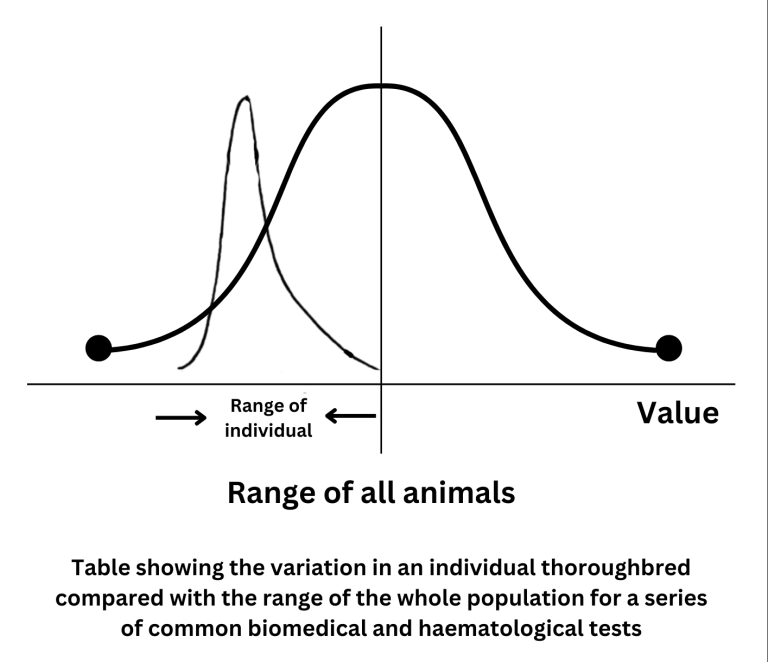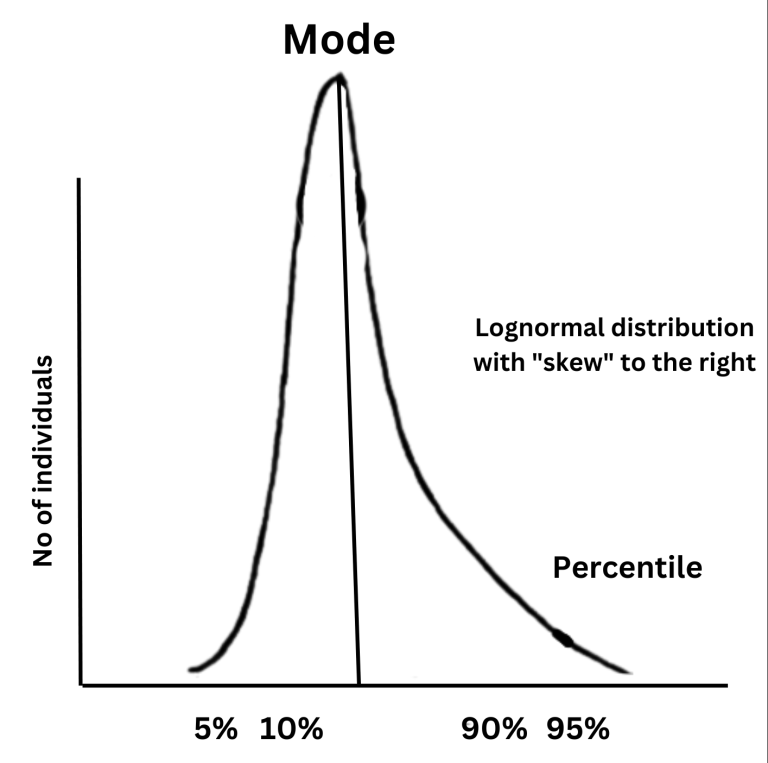- +353 (0)45 866266

All laboratory test results must be interpreted in the context of the history and clinical examination of the individual from which samples have been taken. The laboratory results are an effective means of narrowing that cornerstone of the clinician’s armoury the critically important list known as the differential diagnosis. Failure to properly consider the differential diagnoses can be construed to be negligence.
All laboratory analyses must be effectively quality controlled. The absence of effective quality assurance can only result in unreliable results. Unreliable results compromise patient management.






Sign up for our newsletter and keep up to date with industry news!
Sign up for our newsletter and keep up to date with industry news!
Privacy Policy | Terms & Conditions
© Copyright Irish Equine Center. All Rights Reserved | Designed by DMC Consultancy LTD